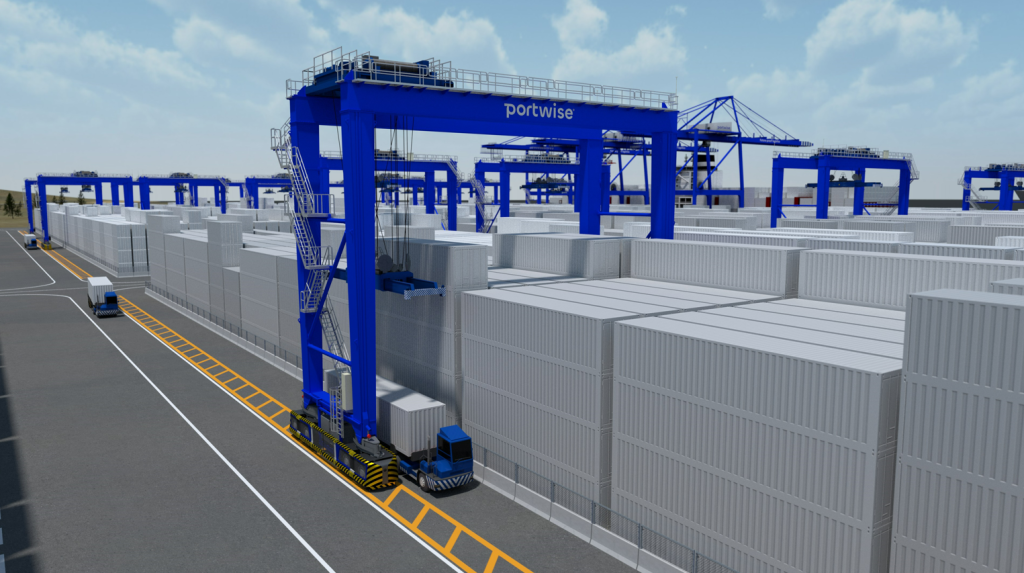Brownfield terminal automation: 5 major pitfalls
More types of automated equipment are becoming available on the market
Today, most container terminals worldwide still have a fully manual operation for the yard, quay and transport. However, labour shortages and environmental considerations have made automation increasingly attractive. Container terminals would also like to increase their capacity and efficiency on the existing footprint. This means many operators are looking into automation to increase their throughput capacity, and to be less affected by labour shortages.
The industry is aware of the move towards automation, with more and more companies looking into ways to automate existing terminal concepts. Automated Rubber Tired Gantry Cranes (A-RTGs) is an example of such equipment. With these new types of automated equipment, the road towards automation becomes more straightforward, with less infrastructural impact on the operation.
Yet, the road to automation is full of risks and challenges. If such challenges are not tackled adequately, the objectives may not be achieved. In this paper, we will discuss a number of pitfalls to be avoided during the implementation of (automation) technology:
- Overestimating automation potential
- Underestimating the changes required for automation
- Misjudging integration timelines
- No thorough automation roll-out strategy
- Trouble operating a hybrid terminal with 2 different modes
When these pitfalls are not remediated, the chance of additional costs, projects delays and unsatisfactory automation implementation will increase.
 Figure 1: 3D image of an Automated Rubber Tyre Gantry crane, interchanging with a terminal truck.
Figure 1: 3D image of an Automated Rubber Tyre Gantry crane, interchanging with a terminal truck.
Pitfall 1: Overestimating automation potential
Container terminal automation offers increased safety, higher storage density and the possibility to work 24 hours, 7 days per week, without much loss due to shift changes and meal breaks. However, at Portwise, we have seen many terminals that overestimate these points for their future automated operation. Consequently, business cases may be too optimistic, causing distress when the target productivity cannot be reached.
Consider a remotely operated quay crane, involving a handover between automated and manual control. This handover is not always seamless, causing longer crane cycles, due to additional braking of the hoist or trolley and could therefore result into a lower productivity. Similarly, automated interchange is typically slower than manual interchange, due to positioning times of automated equipment. This must be taken into account when aiming to set realistic automation targets.
Careful estimations and assumptions are essential to setting realistic targets and creating accurate business cases. Equipment specifications and productivities should be discussed in detail with suppliers. Furthermore, by properly assessing the impact of a system change towards an automated terminal concept, for example using detailed simulation models, realistic expectations of the operational gains or losses can be quantified. This helps in managing expectations for the project team and overall terminal organisation.
To read all 5 major pitfalls in brownfield terminal automation projects, download the entire paper here.
About the authors:
Kaj de Groot works as Director of Automation Projects at Portwise. He has worked in the ports and terminals field for about 9 years and has been involved in many different brownfield terminal design and automation transition projects.
Pim van Leeuwen works as a Simulation Consultant at Portwise and has extensive experience with capacity analyses in ports and other logistics facilities. Next to this, he is a PhD candidate at Erasmus University Rotterdam, studying the effects of communication between vessel and shipping lines.